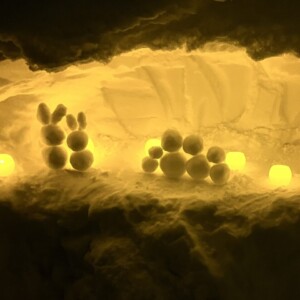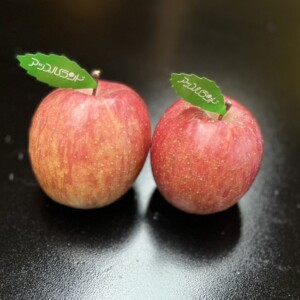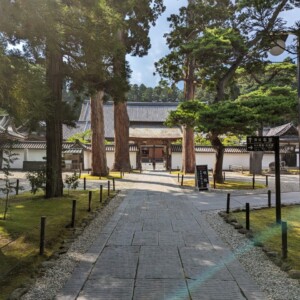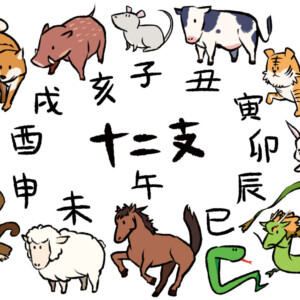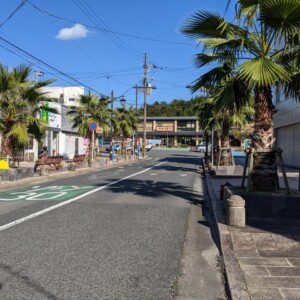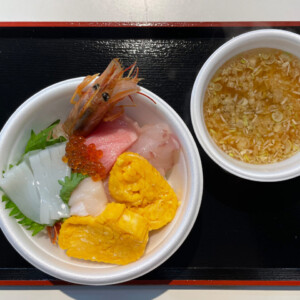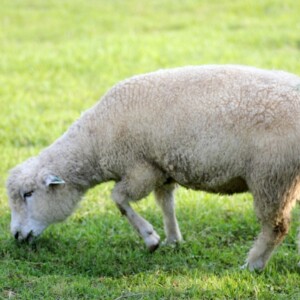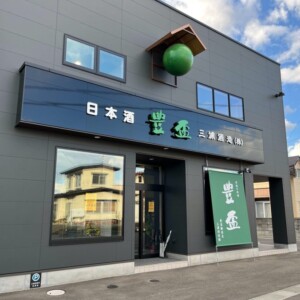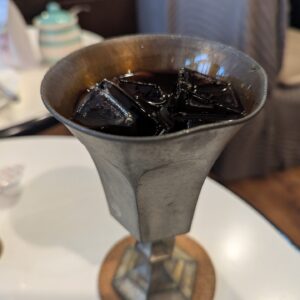
Take a walk through the original Japanese scenery at Michinoku Folk Village, an outdoor museum that houses ancient architecture! [Iwate Prefecture]
table of contents
Kitakami City, Iwate Prefecture, is a city located in the southwestern part of the prefecture. During the Edo period, it was a typical rural area located on the border of the southern domain of the Morioka domain and the Date domain of the Sendai domain. However, after the Showa era, following the construction of the Tohoku Expressway and Tohoku Shinkansen, the Akita Expressway opened, and the city developed into an important transportation and distribution hub.
we will introduce "Michinoku Folk Village" located in Kitakami City
What is Michinoku Folk Village?
, an open-air museum with old buildings from various parts of Iwate Prefecture, is located in Kitakami City, which is centered around JR Kitakami Station, and on the opposite bank of the Kitakami River from there, on a hill next to Tenshochi, a famous cherry blossom .
In addition to the Kitakami City Museum and the Kitakami City Buried Cultural Properties Center, which are located on the site, old buildings from the Edo period to the Meiji period have been systematically relocated to the approximately 70,000 square meters of hills and valleys, creating an original Japanese landscape. We are recreating and making public a "village" that can be described as such.
Ancient architecture of Michinoku Folk Village
On the premises, there are a total of 10 old buildings from the former Nanbu Territory and the former Date Territory that have been relocated from various locations in Iwate Prefecture. (as of 2024)
We will introduce some of the buildings here.
Merchant house Former Konno family (reception)
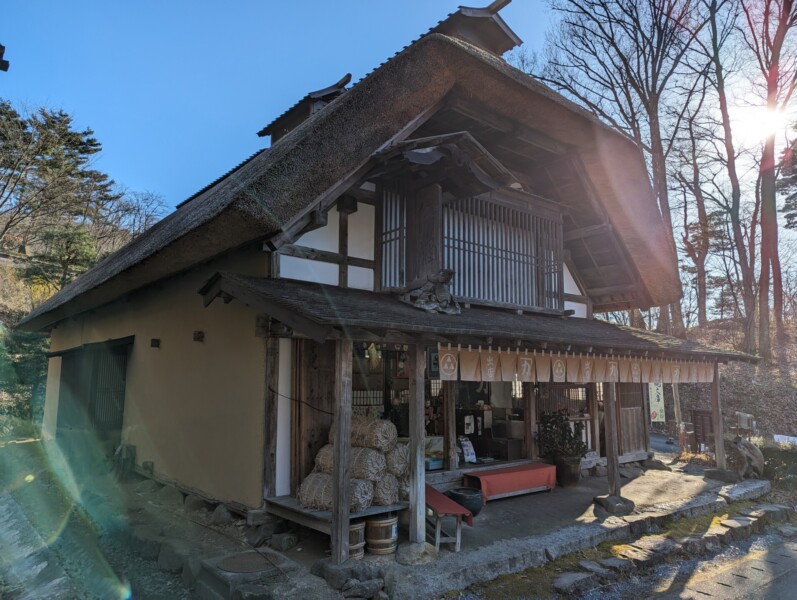
The former Konno family was a merchant house that sold daily necessities and ran an inn used by peddlers during the Meiji and Taisho eras. It was built around the end of the Edo period.
It was relocated from Yanagawa Tateshita, Esashi Ward, Oshu City (formerly Date Territory), which was established as a guard station for the Date Territory to protect the border with the Southern Territory during the Edo period, and is a designated cultural property of Kitakami City.
Located at the entrance to Michinoku Folk Village, it currently serves as a reception facility where you can receive pamphlets and other materials.
Former Kanno family residence
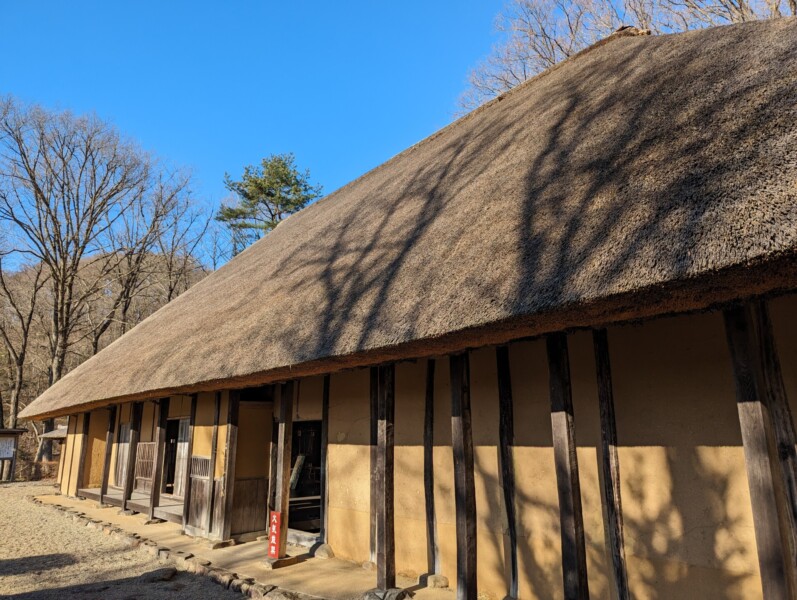
The former Kanno family was the residence of an upper-class farmer located in a village on the Date territory side around the Kyoho era, and was relocated from Nagahoro, Kuchouchi-cho, Kitakami City.
Based on a comparison with the ``Ogori Shimoku,'' which describes the housing regulations for the Date territory, it is thought to have been made by Daikaniri (a village chief who is even more senior among the village chiefs)
As it is the building of the village chief among the village chiefs, it is quite a large and impressive building.
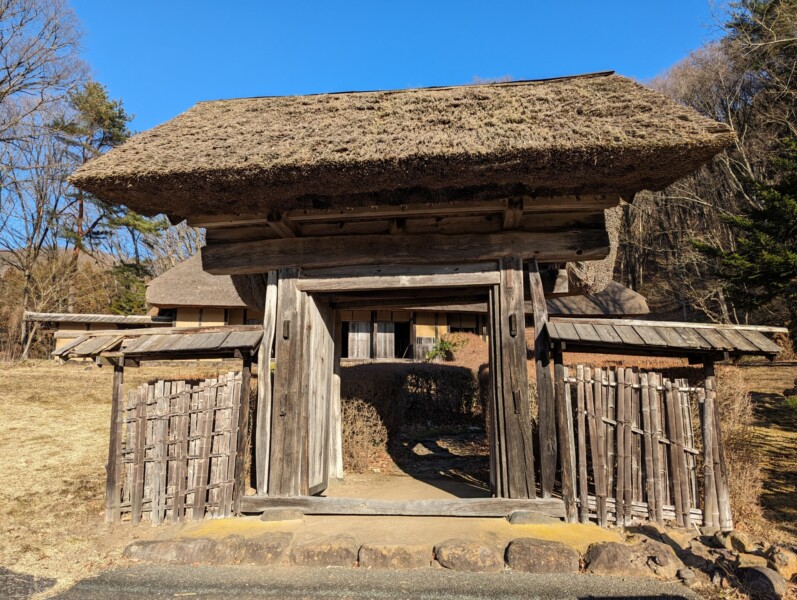
It is said that there was a ridge tag (a tag attached to a high place inside a building, such as a ridgepole or beam, to record and commemorate the building's construction and renovation) dating from 1720 at the Yakui-mon gate at the entrance .
Former Hoshikawa family residence

The former Hoshikawa family residence is an old building that probably dates back to the end of the Edo period and was relocated from Kitadenpoji Temple, Yahaba-cho, Shiwa District (former Nanbu territory).
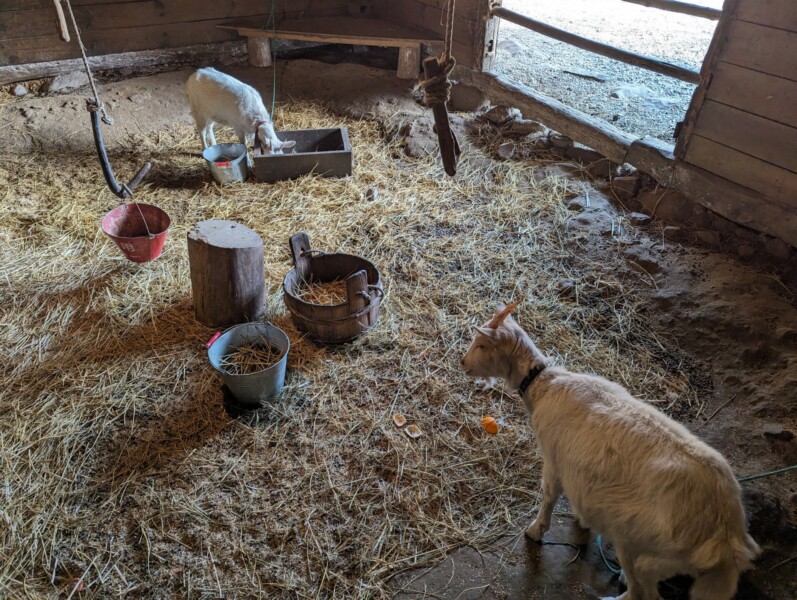
a curved house structure , which is famous as a characteristic of buildings in the southern region , and the part where horses were kept is now used to keep goats.
Former Kitagawa family residence
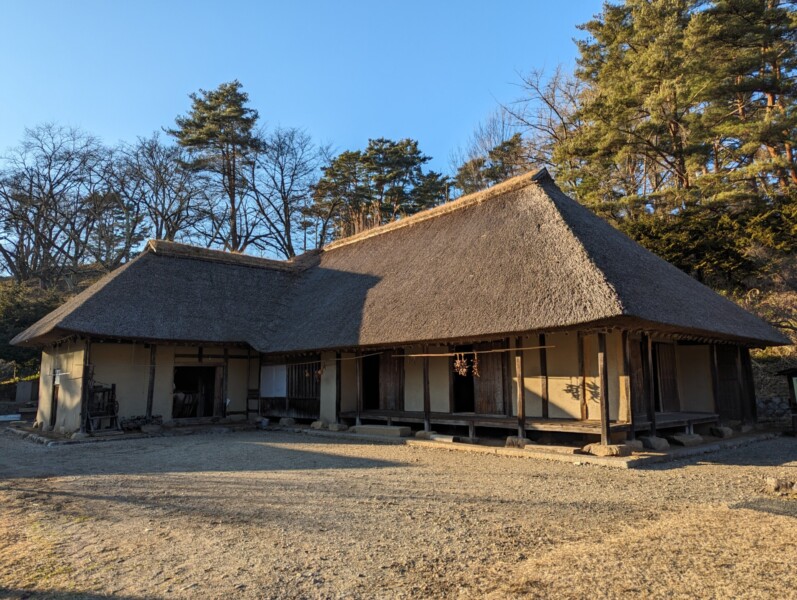
The former residence of the Kitagawa family, which was relocated from Tochinai, Tsuchibuchi-cho, Tono City (former Nanbu Territory), is the home of the famous Yamabushi, who is introduced in "Tono Monogatari" as "Kiyoshi Kitagawa, an assistant of Tsuchibuchi Village, was located in the same area. the house of a monk (ascetic monk) , and was built around the middle of the Edo period.
This building also has a typical Nanbu-magari house structure , and as it was a Yamabushi's house, there was a prayer room in the back room that only the master could enter, and there is a record that Oshirasama was enshrined on the altar. It seems that there are some left.
Former Sugawara family residence (heavy snow farmhouse)

The former Sugawara family , which was relocated from Okutsu, Nishiwaga-machi, Waga-gun (former Nanbu territory) , was a farm house located in a heavy snowfall area in the heart of the Ou Mountains, and is believed to have been built in the late Meiji period.
"inner stable" where the stables and living quarters are integrated , but the former Sugawara family's house was not a "magari-ya" but a "nago-ya" a "boat" on the eaves. ``katsuzukuri'' to increase durability against the weight of snow.
A rare historical site that marks the territorial boundaries of the feudal era, ``Nanbu-ryo Date Ryōkyōzuka''
the grounds of the Michinoku Folk Village near the former Sendai Domain Temple Sakabansho you will find the Date Territory Boundary Mound I am. The large and small territorial mounds, which were built in 1642 after discussions between the Nanbu family and the Date family, extend eastward from the top of Mt. Komagatake in the Ou Mountains, extending for approximately 130 km to Karatan Bay in Kamaishi City, Iwate Prefecture . is.
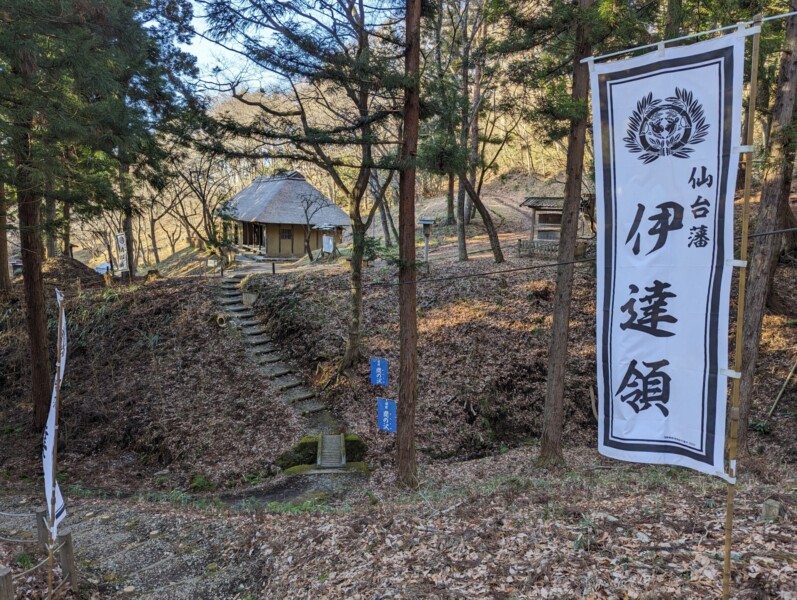
For modern people, who take the prefectural border between Miyagi and Iwate prefectures for granted, it seems odd that this was once the border, but this is a valuable spot where you can experience a piece of history!
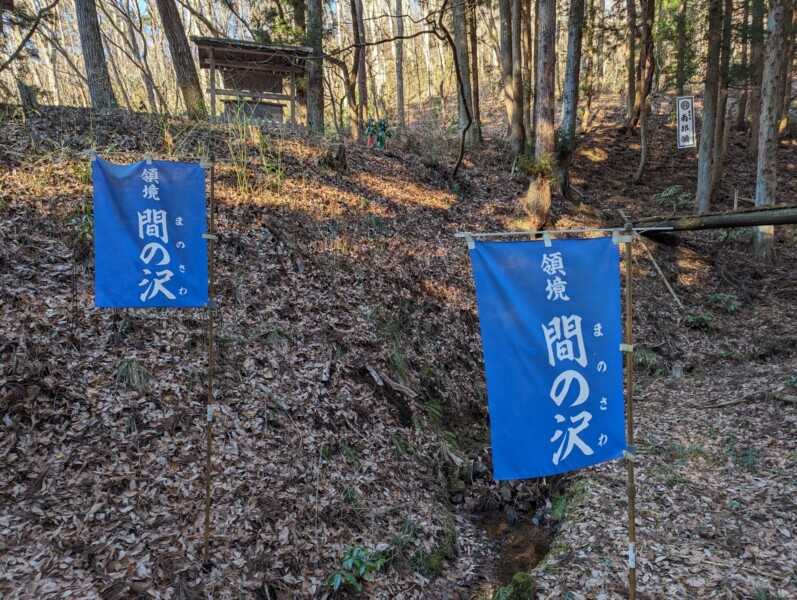
It seems that it is extremely rare for a border mound to exist like this, and because it is an important historical site in the administrative history of the country, it has been designated as a ``nationally designated historic site.''
Folklore museum where you can get a glimpse of the lives of the people of Kitakami
There is also a folklore museum the relocated and restored school building of the former Kurosawajiri Girls' High School, which once existed in Kajicho 1-chome, Kitakami City
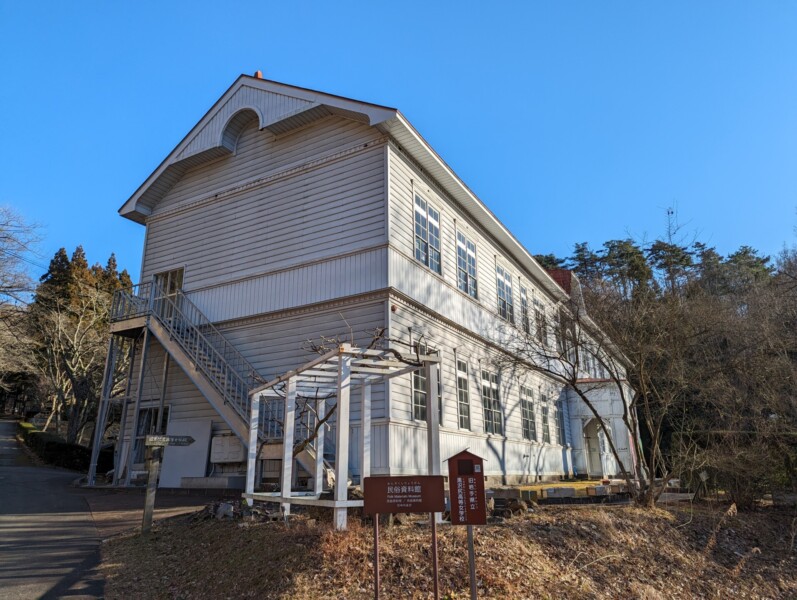
This building was built in 1927, so its appearance is a little different from other old buildings. Inside, there are exhibits of folklore materials that let you learn about the past life of the Kitakami region.
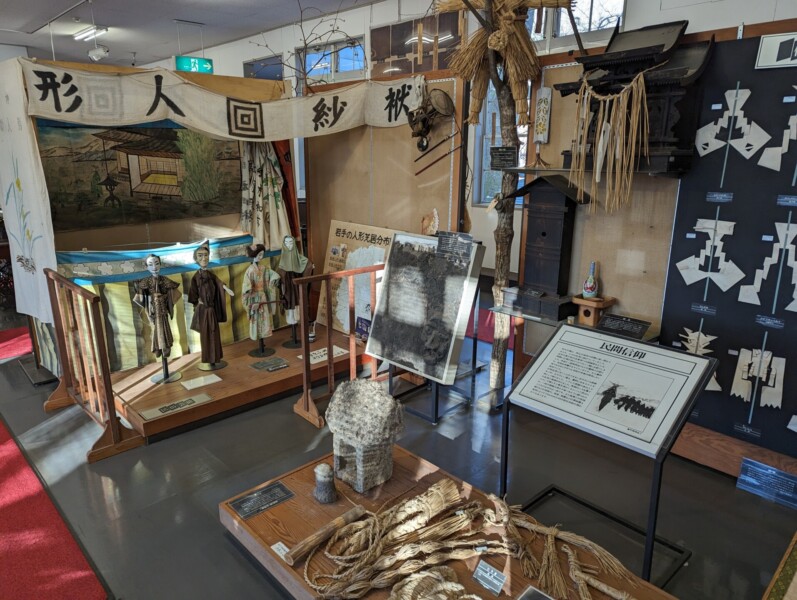
It would be rude to say that old agricultural machinery and household goods are common, but what caught my eye was the exhibit on folk beliefs. It was an interesting experience that gave us a sense of the characteristics of Kitakami City.
The attached Kitakami City Fire Museum is also fun.
The Kitakami City Fire Museum is also located within the folklore museum

Here, materials related to firefighting in the Kitakami area from the Meiji period to the Showa period are on display. I was quite interested in it as it was the first time I had ever seen it since it was a professional tool! The old fire engines and pump trucks especially worth seeing.
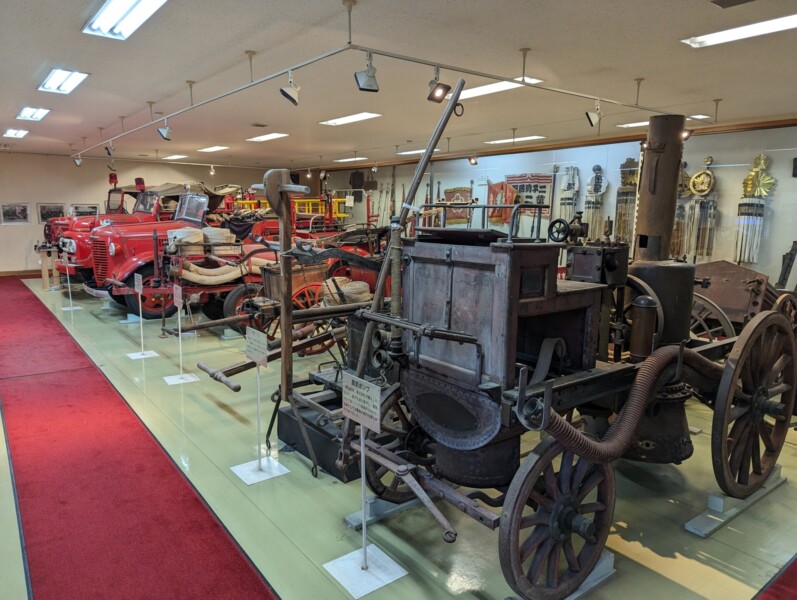
summary
This time we introduced Michinoku Folk Village in Kitakami City, Iwate Prefecture.
It is approximately 3km from JR Kitakami Station, and can be reached in less than 10 minutes by car, making it very accessible. It's a tourist spot packed with so much to see that you won't believe it's free, so if you have a chance to visit Kitakami City, it's a place you should definitely visit!
By the way, the grounds are quite large and it will take quite a while to see everything, so we recommend that you visit with plenty of time.
Michinoku Folk Village <Information>
- Name: Michinoku Folk Village
- Address: 62-3, Tachibana 14, Kitakami City, Iwate Prefecture 024-0043
- Phone number: 0197-72-5067
- Official URL: http://michinoku-fv.net/



![[Hanamaki City, Iwate Prefecture] I want to go again and again! 5 hot spring inns in Hanamaki with many repeat guests Shin-Hanamaki Station](https://jp.neft.asia/wp-content/uploads/2016/11/1990568_m-150x150.jpg)
![Lots of wonders! Sendai City Science Museum is a spot that stimulates children's curiosity [Miyagi Prefecture] alex-kondratiev-H9t723yPjYI-unsplash](https://jp.neft.asia/wp-content/uploads/2022/01/alex-kondratiev-H9t723yPjYI-unsplash-150x150.jpg)
![Takahata Town's Urawari Ishiki Garden is a mysterious space that feels like a different world! [Yamagata Prefecture] 19_Gallis Stone Garden Park 1](https://jp.neft.asia/wp-content/uploads/2022/11/ce7758160d1d45c4cfebec11175716f5-150x150.jpg)
![[Zao Town, Miyagi Prefecture] Miyagi Zao Eboshi Daffodil Festival and Togatta Onsen Drive Suisen](https://jp.neft.asia/wp-content/uploads/2023/04/suisen-150x150.jpg)
![Experience dairy farming at the Fureai Ranch Zao Heartland [Zao Town, Miyagi Prefecture] Heartland](https://jp.neft.asia/wp-content/uploads/2023/06/08d8bd7dd6148fa0d6be035b2ffd25b0-150x150.jpg)
![[Sukagawa City, Fukushima Prefecture] Mushitech World | If you are having trouble with free research during summer vacation, come here! Mushitech 1](https://jp.neft.asia/wp-content/uploads/2023/07/ca62daab25b2d0021d5cba1deee356ed-150x150.jpg)
![Enjoy the famous soft serve ice cream at Marukanville's Large Restaurants! [Hanamaki City, Iwate Prefecture] hanamaki4](https://jp.neft.asia/wp-content/uploads/2023/07/hanamaki4-1-150x150.jpg)
![[Ryozan Town, Fukushima Prefecture] Full of nature! Ryozen Children's Village where you can play and learn IMG_E7936](https://jp.neft.asia/wp-content/uploads/2023/09/IMG_E7936-150x150.jpg)
